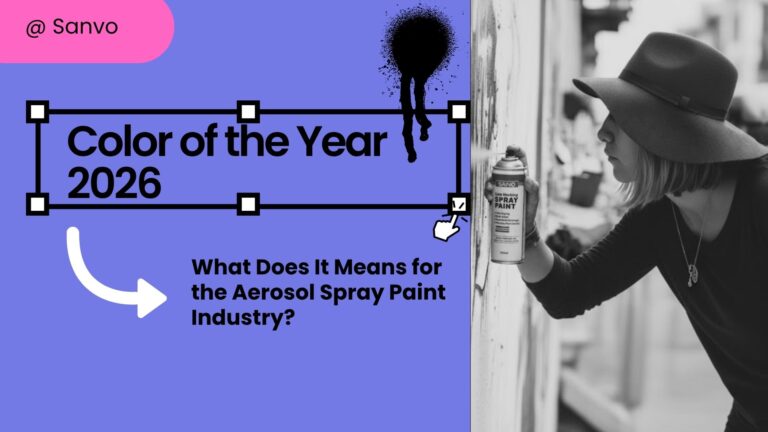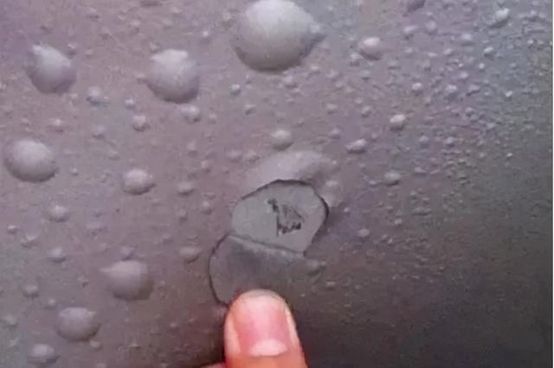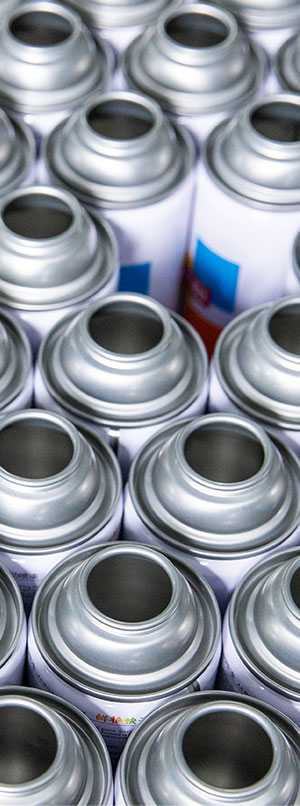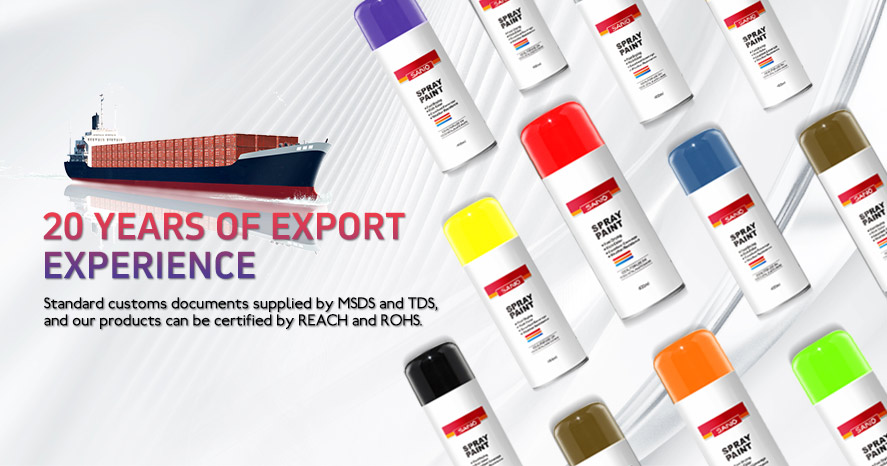
Shipping spray paint sounds simple, right? After all, it’s just a can of paint. But the questions, ‘Can you ship spray paint?’, ‘Why is it so difficult to do so?’ are common to see.
Many factors surrounding spray paint create significant obstacles in transportation logistics. Here’s the catch—spray paint is flammable, stored under pressure, and classified as hazardous material. These traits make it a nightmare for shipping. For example, USPS strictly limits how spray paint can be sent, often requiring ground transportation only. Similarly, FedEx and UPS have specific packaging and labeling requirements to prevent accidents.
In this blog, we’ll break down the reasons why shipping spray paint is so tricky, the rules you need to know, and safer alternatives you can consider.
📌 KEY TAKEAWAYS: Shipping Spray Paint
🔥 Highly flammable solvents and propellants make it hazardous.
💥 Risk of fire or explosion during transport if mishandled.
🛤️ Ground shipping is often required; air shipping may be restricted.
🏷️ Use proper packaging, labeling, and careful handling to minimize risk.
Spray Paint Properties: A Significant Shipping Challenge
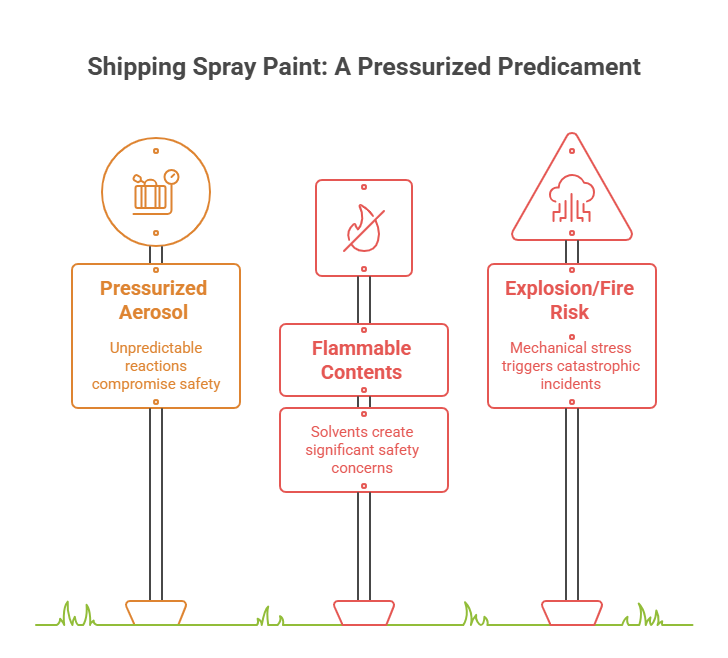
Can you ship spray paint? Yes, but it’s not as easy to do as most other products. The physical and chemical composition of spray paint introduces many complications, even for shipping professionals.
These products are not simple commodities. They are complex mixtures with intricate characteristics. This makes transportation remarkably difficult. Why is it so hard to ship spray paint? The following aspects highlight the key reasons:
Spray Paint as a Pressurized Aerosol Product
Spray paint exists in pressurized containers designed to release contents through precise mechanisms. These containers maintain internal pressure. It can react unpredictably during transportation and potentially compromise package integrity and safety. Temperature fluctuations and external pressures also contribute to this. They can cause unexpected expansion or contraction, increasing potential risks during shipping.
Flammable and Hazardous Nature of its Contents
Most spray paint formulations contain highly flammable solvents and propellants. These volatile components create significant safety concerns during transportation. Chemical interactions, potential leakage, or unexpected reactions are key concerns. They can transform this package into a potential hazard.
The complex chemical composition of many spray paints often includes volatile organic compounds. They pose fire risks and can also create environmental and health hazards if improperly contained or released.
Risk of Explosion or Fire During Transportation
The combination of pressurized containers and flammable contents significantly increases explosion and fire risks. Mechanical stress, temperature changes, or improper handling can trigger catastrophic incidents. They make spray paint shipping a high-risk endeavor. A single puncture or significant temperature spike could be hazardous. It could potentially transform a standard shipping container into a dangerous environment.
Legal and Logistical Restrictions
Apart from the above-listed reasons, legal challenges also exist for those exploring the ‘can you ship spray paint?’ question. Comprehensive regulations at domestic and international levels create complex compliance requirements. These demand meticulous attention and expertise.
Domestic Regulations
Can spray paint be shipped locally? There are regulations about this. United States transportation guidelines mandate stringent protocols for hazardous material shipping. The Department of Transportation (DOT) establishes precise packaging, labeling, and documentation standards. These must be precisely followed. These regulations cover ground, air, and sea transportation. They ensure comprehensive safety protocols for aerosol products. Non-compliance can result in substantial financial penalties and potential legal challenges.
International Regulations
Can you ship spray paint by air? Yes, but navigating the legal landscape can often prove challenging. International shipping introduces additional complexity. Organizations like IATA establish comprehensive guidelines for dangerous goods transportation. These standards require detailed documentation, specialized packaging, and careful navigation of country-specific regulatory variations.
Here is a general conclusion about international regulations on transporting spray paint:
| Country/Region | Regulatory Agency | Classification | Key Requirements |
|---|---|---|---|
| United States | Department of Transportation (DOT), FAA | Hazardous Material (Class 2.1) | Proper labeling and packaging under 49 CFR; Permits for large shipments; Strict air transport limits |
| European Union | ADR, IMDG | Class 2 – Flammable Gases | UN-approved packaging; SDS required; Special handling/signage for road transport |
| Canada | Transport of Dangerous Goods (TDG) | Class 2.1 – Flammable Gases | TDG-compliant packaging/labeling; SDS and documentation required; Air shipments follow IATA rules |
| Australia | Australian Dangerous Goods Code (ADG) | Dangerous Goods Class 2.1 | Strict packaging/labeling; Relaxed limits for personal use; Permits for commercial shipments |
| China | CAAC, local hazardous goods laws | Flammable and Toxic Substances | Declaration and approval required for air/sea transport; Local rules apply to road/rail |
| Japan | Fire Service Act, IMDG | Flammable Gas | IMDG-compliant packaging; Larger shipments need approval; Governed by the Fire Service Act locally |
| International Standards | IATA, IMDG | Dangerous Goods (Class 2.1) | UN-approved packaging; Hazard labeling; Strict air freight quantity limits |
Classification as a Dangerous Good
Can you ship spray paint through major carriers? There are limitations when it comes to this. Major carriers classify spray paint as a dangerous good. Hence, they impose strict policies that limit shipping options. Spray paint is categorized under Class 2, Division 2.1 for flammable gases. It triggers extensive handling requirements. Carriers like USPS, FedEx, and UPS implement specific restrictions, including:
| Carrier | Packaging | Quantity Limits | Transport | Documentation / Extra Notes |
|---|---|---|---|---|
| USPS | Follow Pub 52 (2A/2B) rules; Leak-proof, cushioned; Strong outer box | Metal can ≤ 1L (33.8 fl oz); Non-metal can ≤ 118 mL (4 fl oz); Max 25 lbs/package | Ground only; Air prohibited | “Limited Quantity” label required; Return + delivery address on the same side |
| FedEx | UN/DOT-approved outer packaging; Cushioning required; Limited Quantity = simpler packaging | ≤ 1L per can; Max 70 lbs/package | Ground: accepted; Air: only with the Dangerous Goods contract | Hazmat surcharge applies; Hazmat papers often required; May need Shipper’s Declaration for DG |
| UPS | Strong, cushioned outer packaging; Similar to FedEx rules | ≤ 1L per can (Limited Qty); Above that = full hazmat rules | Ground: accepted; Air: restricted, contract needed | Hazmat paperwork + UN labels; Not all UPS sites accept aerosols |
Choosing a Reliable Spray Paint Supplier Matters
Shipping spray paint is challenging due to strict regulations and safety requirements. That’s why partnering with a reliable spray paint supplier is crucial. A trusted supplier like SANVO helps you overcome these hurdles with experience and expertise.
Why Choose SANVO as Your Spray Paint Supplier:
- 🛫 Global shipping expertise: Years of international trade experience and successful global deliveries.
🏭 High-quality production: Advanced manufacturing technologies and strict quality control.
🌱 Eco-friendly practices: Sustainable production with reduced carbon footprint.
🎨 Wide product range: Automotive, industrial, artistic, and home improvement spray paints.
⚡ Reliable support: Technical guidance and fast problem resolution.
🛠️ Custom solutions: Tailored products that meet market needs and regulatory compliance.
With SANVO, you can ship spray paint internationally with confidence, knowing your products meet both quality and safety standards.

Conclusion
Can you ship spray paint? The answer is yes. However, it represents a complex process involving multiple technical, legal, and logistical considerations. Understanding these challenges becomes essential for successful transportation.
The seasoned supplier SANVO offers a professional approach to navigating these obstacles. Visit our website to explore its extensive spray paint range and reliable shipping solutions.
References
[1]. Publication 52 – Hazardous, Restricted, and Perishable Mail. Available at: https://pe.usps.com/text/pub52/pub52c3_021.htm (Accessed on September 15, 2025)
[2].Hazardous Materials: how to ship. Available at: https://www.fedex.com/en-us/service-guide/hazardous-materials/how-to-ship.html (Accessed on September 15, 2025)
[3].Shipping Hazardous Materials (Dangerous Goods). Available at: https://www.ups.com/us/en/support/shipping-support/shipping-special-care-regulated-items/hazardous-materials-guide. (Accessed on September 15, 2025)

